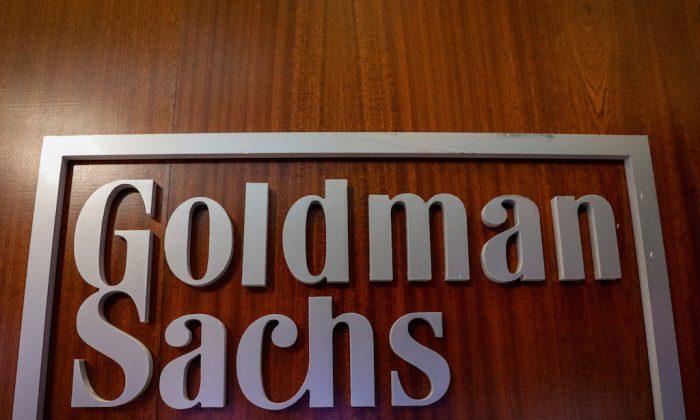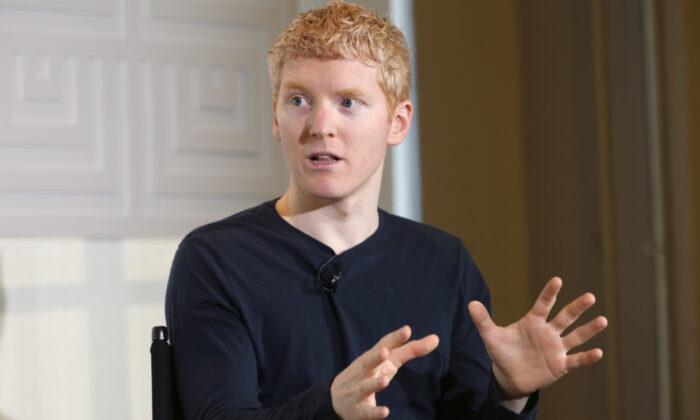Netflix Inc. is growing faster than even its most bullish fans on Wall Street predicted, soothing doubts about its global prospects and sending its already-stratospheric stock higher.
After a stumble with its previous results, the world’s largest paid online TV network added far more subscribers than analysts expected in the third quarter. Netflix also issued an upbeat outlook for the current three months, saying it plans to add 28.9 million customers in total this year, a record for the 21-year-old company.
The shares jumped as much as 9.7 percent, the most since April, Oct. 17 in New York trading.
The results should prolong Netflix’s reign as one of the best-performing stocks on Wall Street, giving the company leeway to spend billions of dollars more on original programming. Netflix has parlayed subscriber growth into huge gains for investors. Even before the surge that started with Oct. 16 after-hours trading, the shares were up 80 percent this year.
“There is so much growth ahead in streaming video entertainment, we’re going to focus on that for a very long time,” Chief Executive Officer Reed Hastings said during a pre-taped interview with analysts.
Netflix signed up 6.96 million customers in the third quarter, boosting its global total to 137.1 million. That sent the shares up as much as 17 percent in extended trading.
Programming Flood
Netflix doesn’t hide its formula for success. It invests billions in original programming and uses those new TV shows and movies to lure subscribers. The Los Gatos, California-based streaming company released a record 676 hours of original programming in the third quarter, according to Cowen & Co. That marked the first time it has exceeded 500 hours in any quarter.The slate included new seasons of the drama “Ozark” and the animated comedy “BoJack Horseman,” as well as new series “Insatiable” and “Maniac.”
Netflix never identifies which shows are most successful. Nor does the company release viewership figures for programs, contending that its subscriber growth demonstrates the popularity of its entertainment slate.
Yet the company did acknowledge one point of strength: India, where it just released its first original series, “Sacred Games” and “Ghoul.” Those shows made Netflix “feel more local, more relevant” to local consumers, Chief Content Officer Ted Sarandos said during the call.
Overseas Expansion
International territories remain the key to the company’s future, and accounted for 84 percent of Netflix’s new customers in the third quarter. Netflix doesn’t break out its users by market, with the exception of the U.S., though most analysts agree that the U.K., Brazil, Canada, and Mexico rank among the company’s largest.Hastings, speaking on the call about prospects for India, said: “We’ll take it 1 million at a time and figure out how to expand the market as we grow.”
In the U.S., where Netflix can already claim almost half of households as users, the company expects to add 1.8 million new customers this quarter, bringing the domestic total to 60.3 million.
The additions helped lift profit more than threefold to 89 cents a share, beating the 68-cent average of analysts’ estimates. Sales grew 34 percent to $4 billion, meeting Wall Street forecasts. In all, Netflix added almost 2 million more subscribers than the 5.09 million Wall Street expected.
The company expects to sign up 9.4 million new subscribers this quarter, far above the 7.18 million average of forecasts compiled by Bloomberg.
“It was a surprisingly good quarter that caught a lot of the financial community off guard,” said Jim Nail, a senior analyst at Forrester Research Inc. “Even the U.S. number was better than I thought it would be. That’s a really good number for a market that’s this mature.”
Rivals have long groused that Netflix can spend ungodly sums without ever having to make money itself. While the company reports a profit, it spends more than it takes in and borrows frequently to finance its programming budget. Netflix has spent nearly $7 billion on programming through the first nine months of the year, and plans to boost its investment in the years to come. While most of that still funds shows licensed from other companies, original programs account for a growing share.
‘Game Is On’
Netflix has upended the economics of pay TV by offering customers thousands of programs on-demand for a monthly fee that’s a fraction of the cost of a multichannel cable or satellite package. The number of people paying for cable or satellite has fallen in recent years, denting profit at the world’s largest media companies and triggering a wave of mergers.Media companies that once sold programs to Netflix for hundreds of millions of dollars are now building their own on-demand services to compete head-on. Disney and AT&T Inc., the parent of Warner Bros. and HBO, are each looking to introduce new services next year—after completing takeovers of other companies worth a combined $160 billion.
Hastings, 58, suggested that he wasn’t worried about the competition. “That’s going to make it exciting for us, great for consumers and incredible for producers,” he said. “The game is on.”




